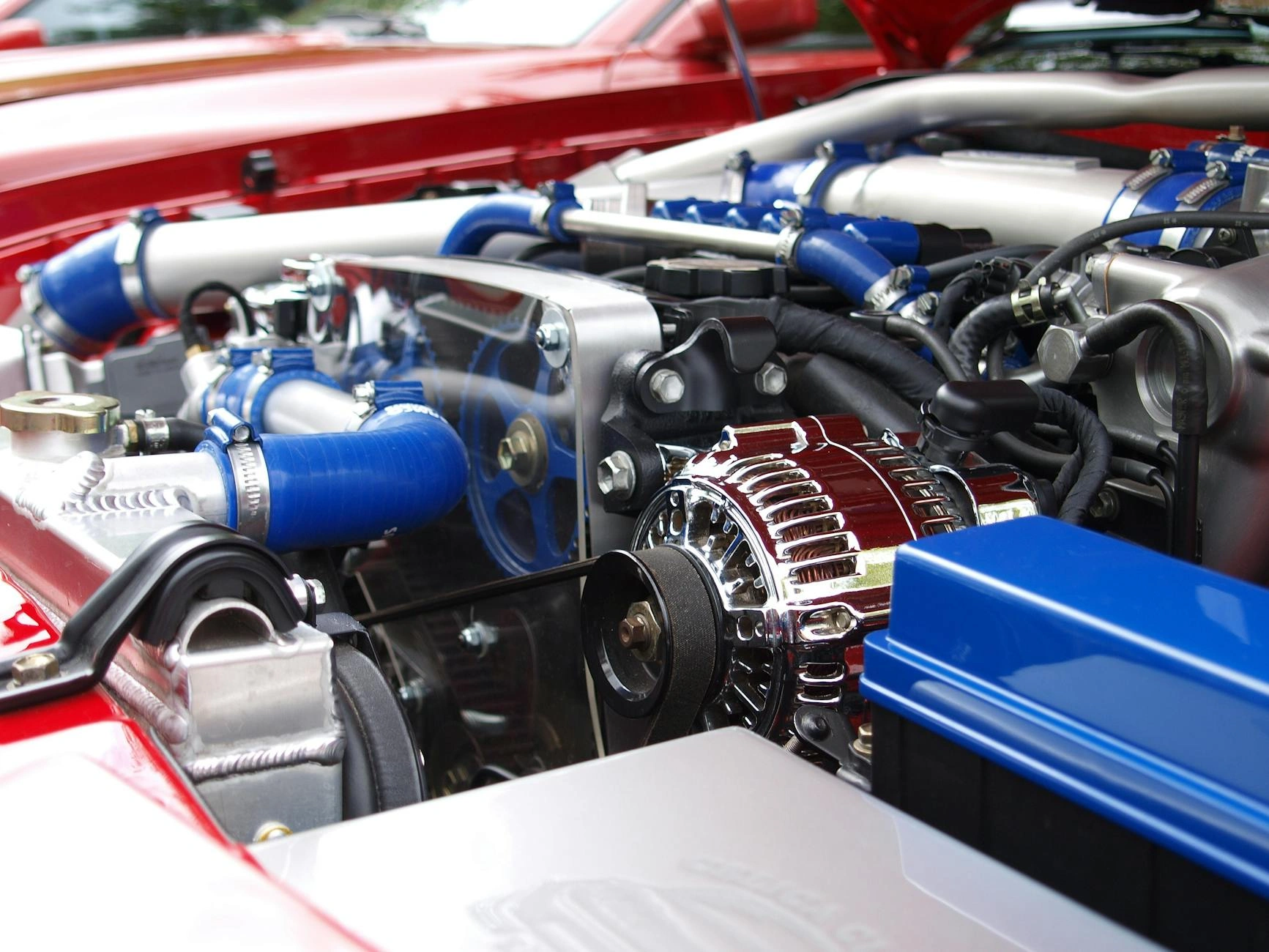Raw Material Handling
At Active Steel Forge, we recognize that the foundation of…

At Active Steel Forge, we recognize that the foundation of…

At Active Steel Forge, we offer advanced heating facilities designed…

Experience unmatched cutting precision and efficiency with our advanced cutting…

At Active Steel Forge, our advanced forging facilities offer unmatched…

At Active Steel Forge, we specialize in providing advanced heat…

Experience unmatched precision and superior quality with our advanced CNC…

9 min Read
CNC (Computer Numerical Control) machining has revolutionized the manufacturing industry by significantly enhancing the precision, efficiency, and repeatability of forged components. The combination of forging and CNC machining results in high-strength, dimensionally accurate, and complex parts suitable for various industries, including automotive, aerospace, and heavy machinery. This article explores how CNC machining improves the precision of forged components, the benefits it offers, and its applications in modern manufacturing.
Forging is a well-established manufacturing process used to shape metal by applying compressive forces. While forging alone ensures superior strength and durability, achieving tight tolerances and complex geometries often requires additional machining. CNC machining complements forging by refining the component’s shape, adding intricate features, and ensuring dimensional accuracy.
Forging provides the basic shape of a component, but CNC machining ensures precision by achieving tolerances as tight as ±0.001mm. This is crucial for applications that require high-performance, wear-resistant, and perfectly fitting components.
Forged parts often have surface imperfections due to the hammering and pressing processes. CNC machining removes these irregularities, providing a smooth, polished surface that enhances both aesthetics and functionality.
CNC machining enables the creation of intricate designs that cannot be achieved through forging alone. This includes:
CNC machining follows a structured process to enhance the precision and performance of forged components.
The process starts with a CAD (Computer-Aided Design) model of the component, which serves as a blueprint for machining. Engineers use this model to plan machining paths and tool movements.
Before CNC machining, the component is forged into its near-net shape using high temperatures and compressive forces. This step ensures that the final product has superior strength and grain structure.
After forging, the component undergoes CNC machining to refine its shape and achieve precise dimensions. This involves:
After machining, components undergo rigorous quality checks using:
The integration of CNC machining in the forging process brings numerous benefits, making it an indispensable technique in precision manufacturing.
CNC machining ensures that every component meets strict tolerances, reducing variations between parts and improving product consistency.
By using CNC machining to refine forged components, manufacturers can eliminate weak points, improve stress distribution, and increase overall component longevity.
Although CNC machining requires advanced equipment and programming, it reduces material waste and rework costs, making it a cost-effective solution for high-precision manufacturing.
Modern CNC machines operate with minimal manual intervention, allowing for higher production speeds, repeatability, and reduced human error.
CNC machining can work with various forged metals, including:
CNC-machined forged components are widely used in industries requiring high-strength, precision-engineered parts.
With advancements in manufacturing technology, CNC machining is continuously evolving. Key trends shaping the future of CNC machining in forging include:
The integration of IoT (Internet of Things) and AI-driven automation is making CNC machining smarter and more efficient, reducing manual intervention and improving accuracy.
Combining CNC machining with 3D printing allows for rapid prototyping and complex part production, reducing lead times and material waste.
Innovations in cutting tools, coatings, and machining techniques are enabling the machining of harder, more durable materials with greater precision.
Efforts to reduce energy consumption and material waste in CNC machining are contributing to a more sustainable forging industry.
CNC machining plays a crucial role in enhancing the precision, quality, and performance of forged components. By combining the strength of forging with the accuracy of CNC machining, manufacturers can produce highly reliable, dimensionally precise parts for a wide range of industries. As technology advances, CNC machining continues to evolve, driving efficiency, sustainability, and innovation in precision manufacturing.
For businesses looking to optimize their forging and machining processes, partnering with an experienced CNC machining service provider ensures that every component meets the highest industry standards and performance expectations.
Get in touch with our experts today
